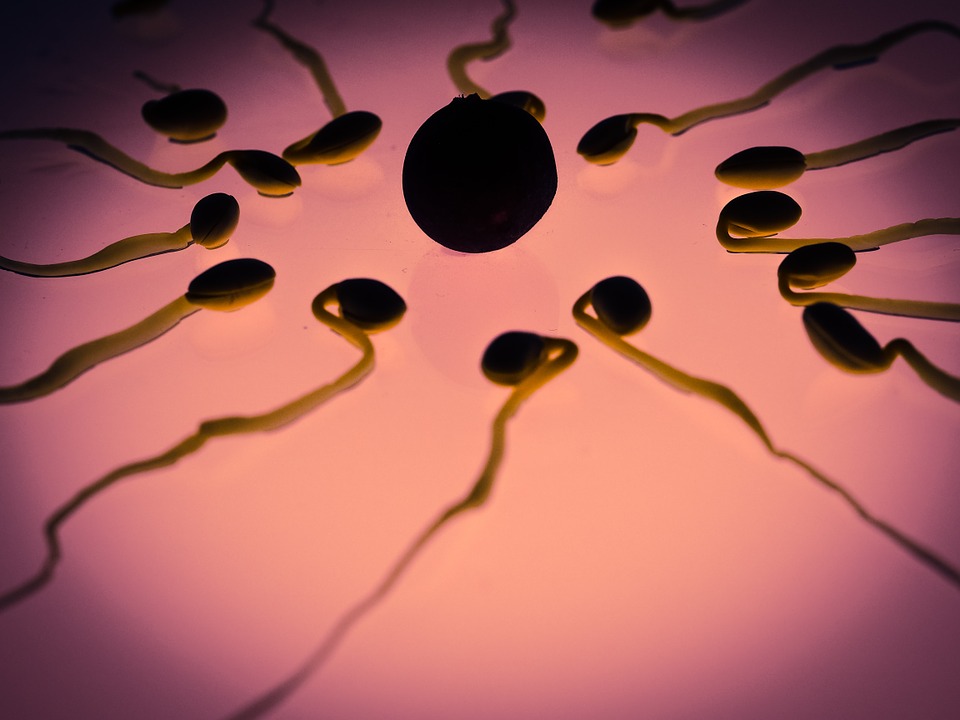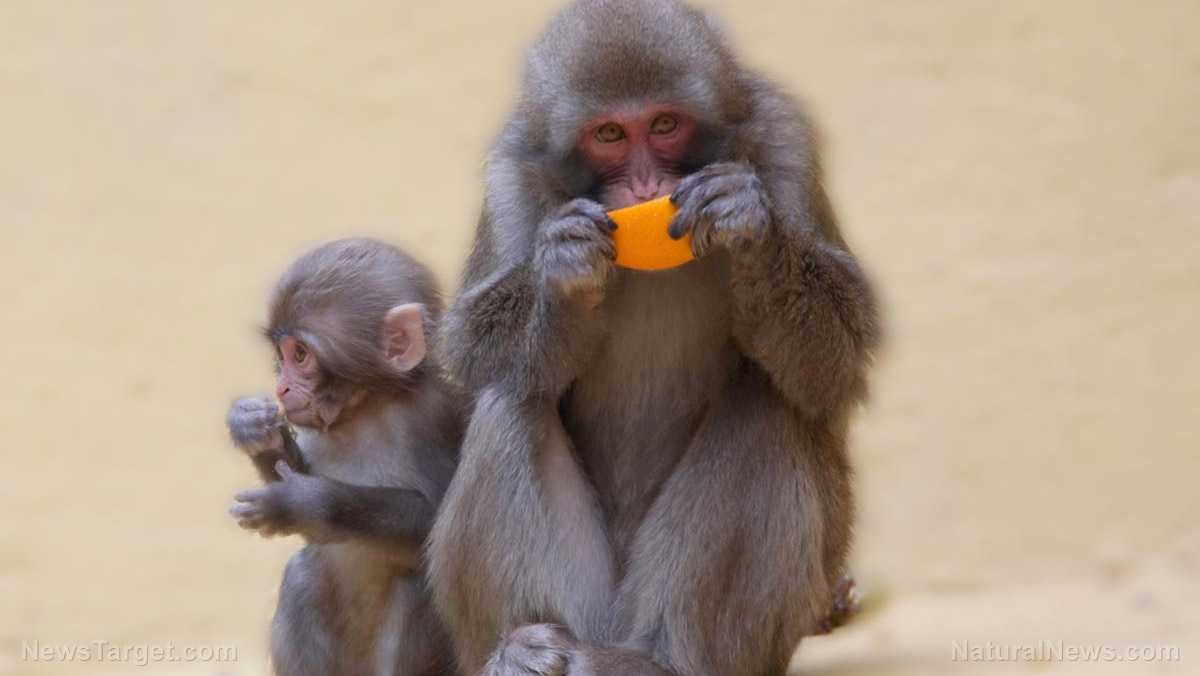
In an animal model of adult zebrafish (Danio rerio), the researchers found that spermatozoa changed their characteristics if they encountered fierce competition. The modified sperms swam faster and proved more successful at reaching egg cells. Researchers from the University of Alicante (UA) and the University of Upsala (UU) made this discovery after putting two male zebrafish with a single female. However, they also learned that such drastic changes might have negative consequences in future generations.
By altering their phenotype, the spermatozoa weakened the integrity of their DNA. They traded the long-term benefits of stable genetics for short-term advantages.
UA researcher and lead author Paula Saez explained that their findings revealed new insight on how sexual competence affected the function and quality of sperm. She and her teammates submitted their findings to the Journal of Evolutionary Biology for publication. (Related: Due to extreme pollution of the world’s oceans, sea anemones are now eating microplastics.)
Sperms undergo big changes to compete with rivals from another male
The researchers put the male zebrafish in a setting that fostered competition for fertilizing the eggs of the female. They also set up a second group that represented low competition.
Saez noted that the presence of a rival male made the sperms faster but at the price of damaging their payload of genetic material. She theorized that zebrafish in fiercely competitive environments may experience more stress. High stress levels increase the number of reactive oxygen species. These molecules damage cells, tissues and genetic material. The ensuing oxidative stress might have caused the damage in the DNA chains.
Sperms with damaged DNA proved less likely to fertilize the egg cell that they managed to reach. Furthermore, their offspring were also less likely to survive into adulthood.
The study also came up with experimental designs and new methods of analysis in the field of reproductive biology. Their findings will improve the effectiveness of animal-based research. In turn, this may deepen the understanding of the biology of human development.
They picked zebrafish for their animal study because of its natural fecundity, the resemblance between its genes and human equivalents, and the external method of fertilization that made transparent embryos for easy study.
The stress of high-competition environments
Sperm gets its distinct shape from complicated changes during spermiogenesis. During this process, the nucleus grows longer and stays inside the head of the spermatozoon, the energy-producing mitochondria move to the neck, and the centrioles create a tail for propulsion through a liquid medium.
UA researcher Alejandro Romero explained that spermatozoa of various species differ in size and shape. However, even he knew little about how genes affect the design of the cell and their links to sperm rivalry.
In their study, Romero and Saez compared individual sperm through the analytical lens of geometric morphometry. They eventually pinned down the variations in the shape and size of the spermatozoa. Additionally, they examined the relationship of these physical traits to other methods of cell-signaling.
They concluded that the proximity of a rival male caused changes in the spermatozoa of zebrafish. Sperms produced in high-competition environments had smaller heads, extended intermediate parts, and longer flagella.
In addition to moving faster than ordinary sperms, these spermatozoa proved more resistant to the harmful effects of osmotic stress in water. However, their DNA proved more vulnerable to damage, which might counterbalance the benefits of the changes.
Sources include:
Please contact us for more information.























